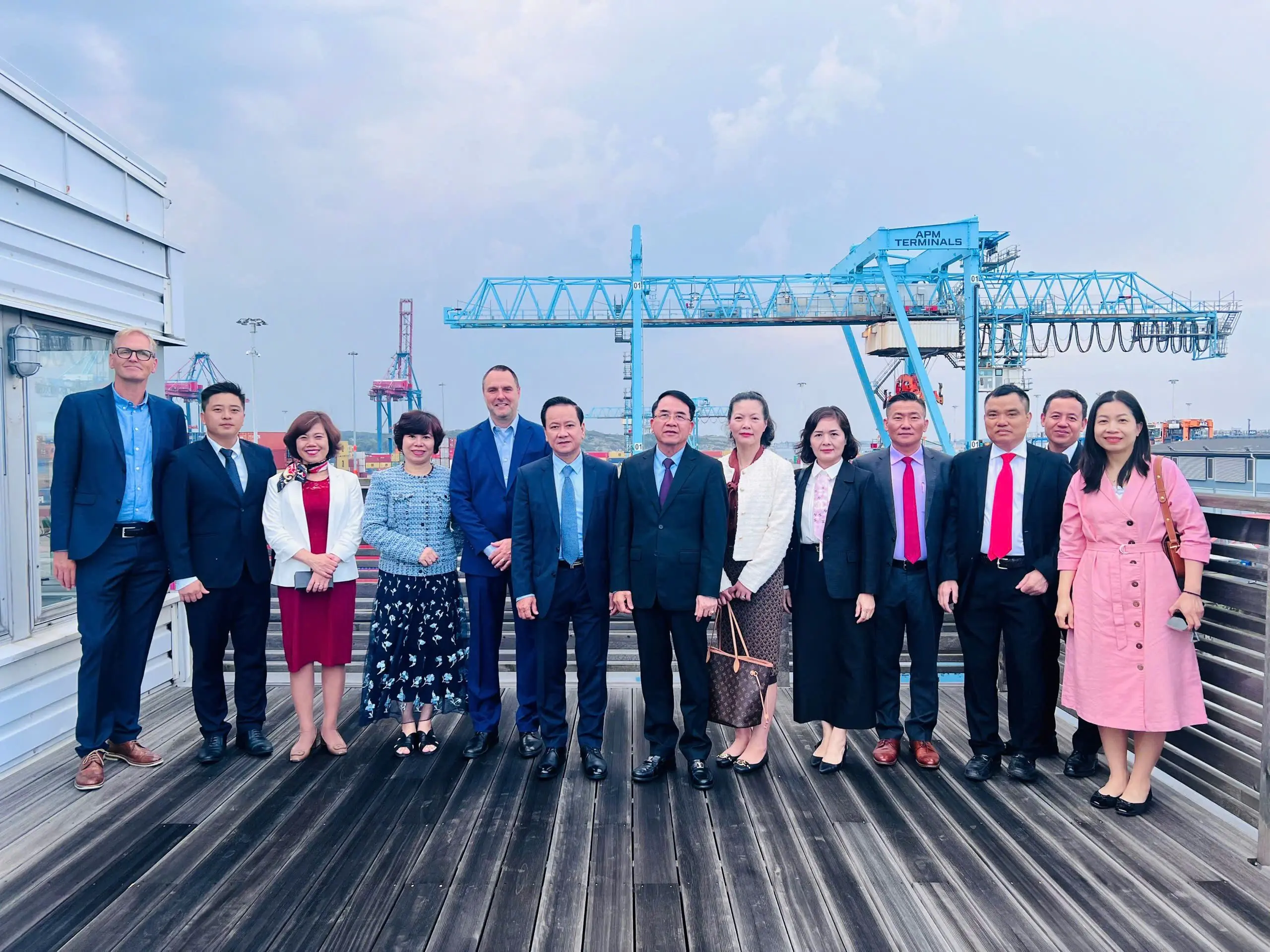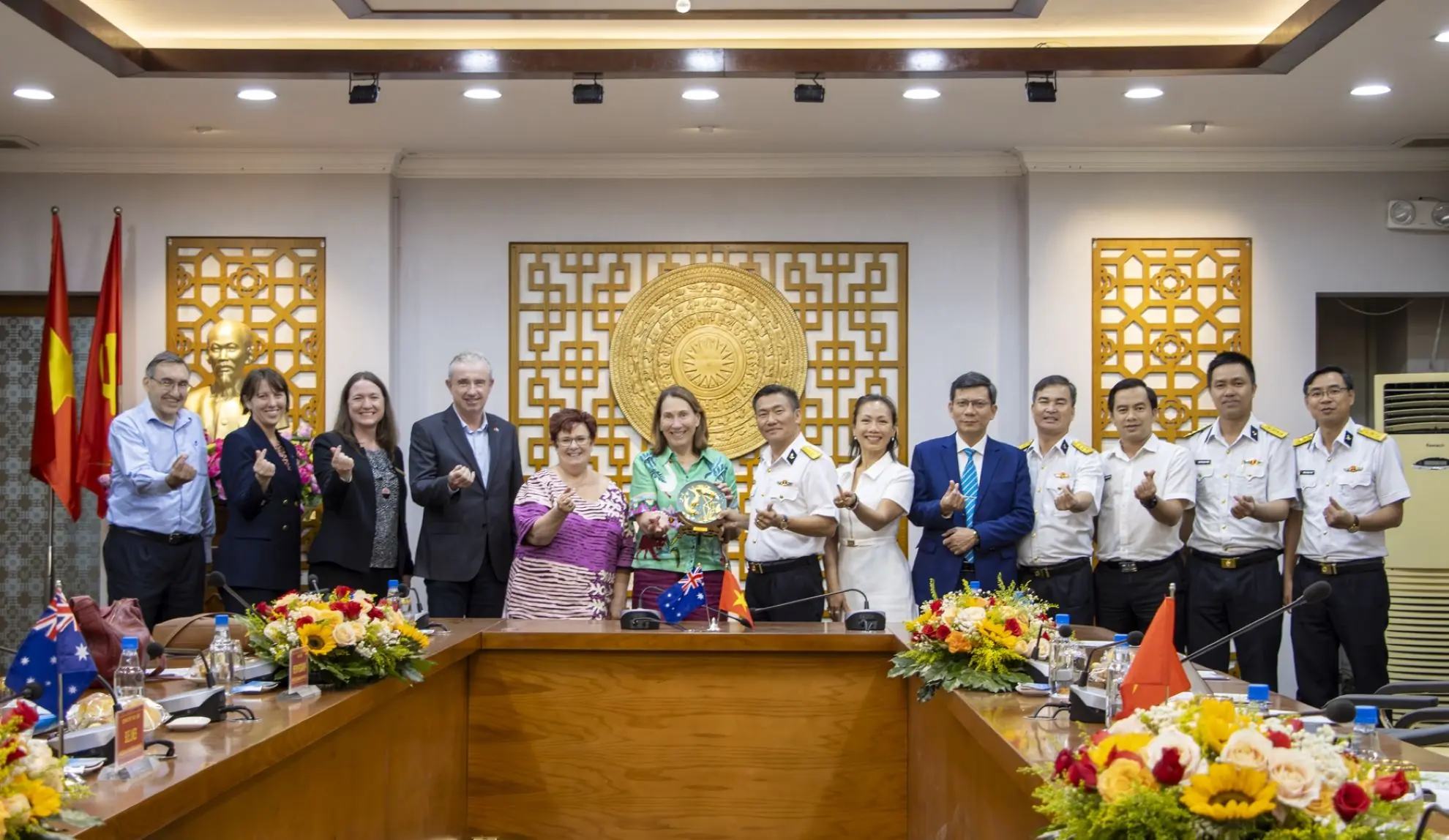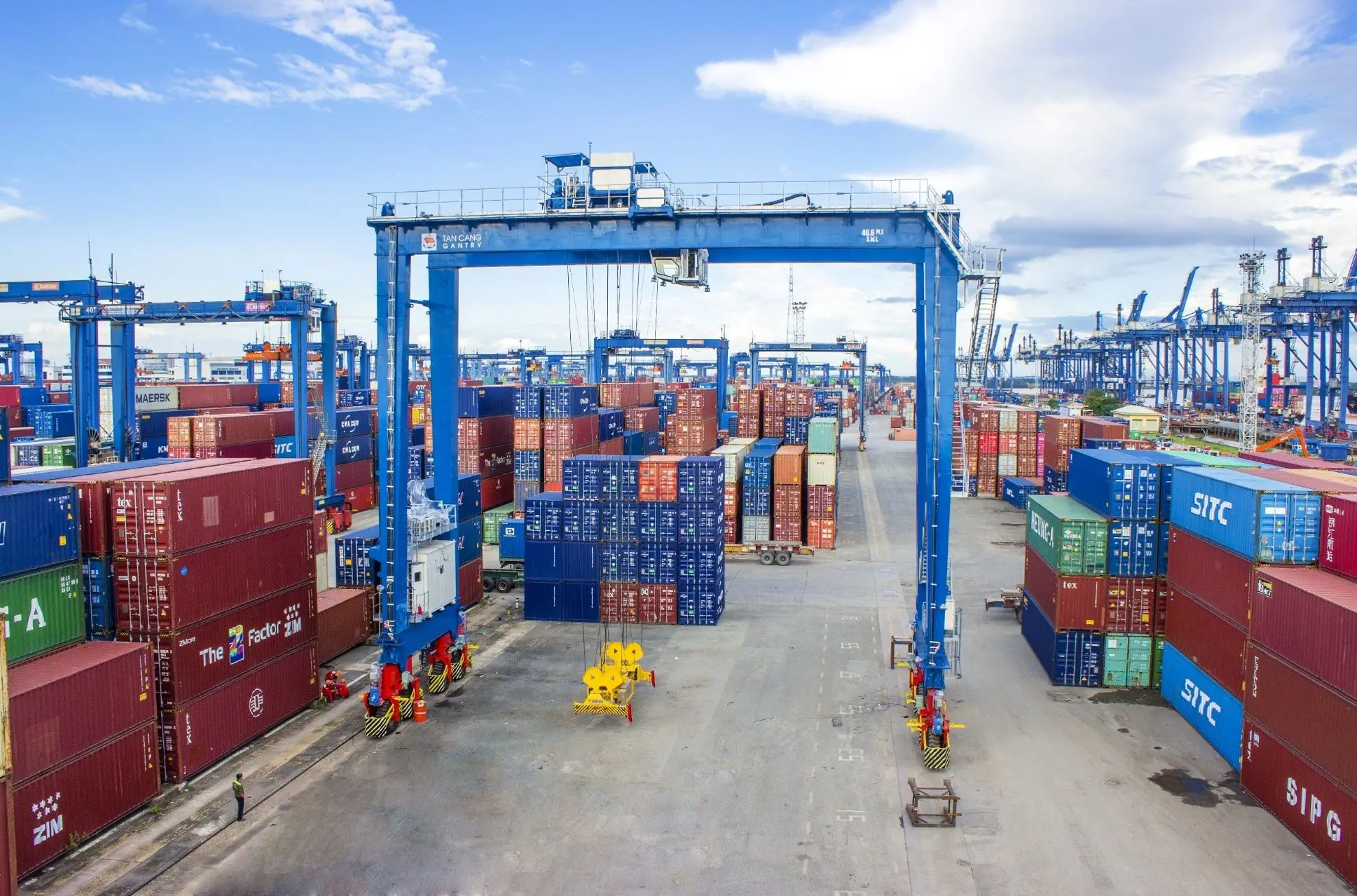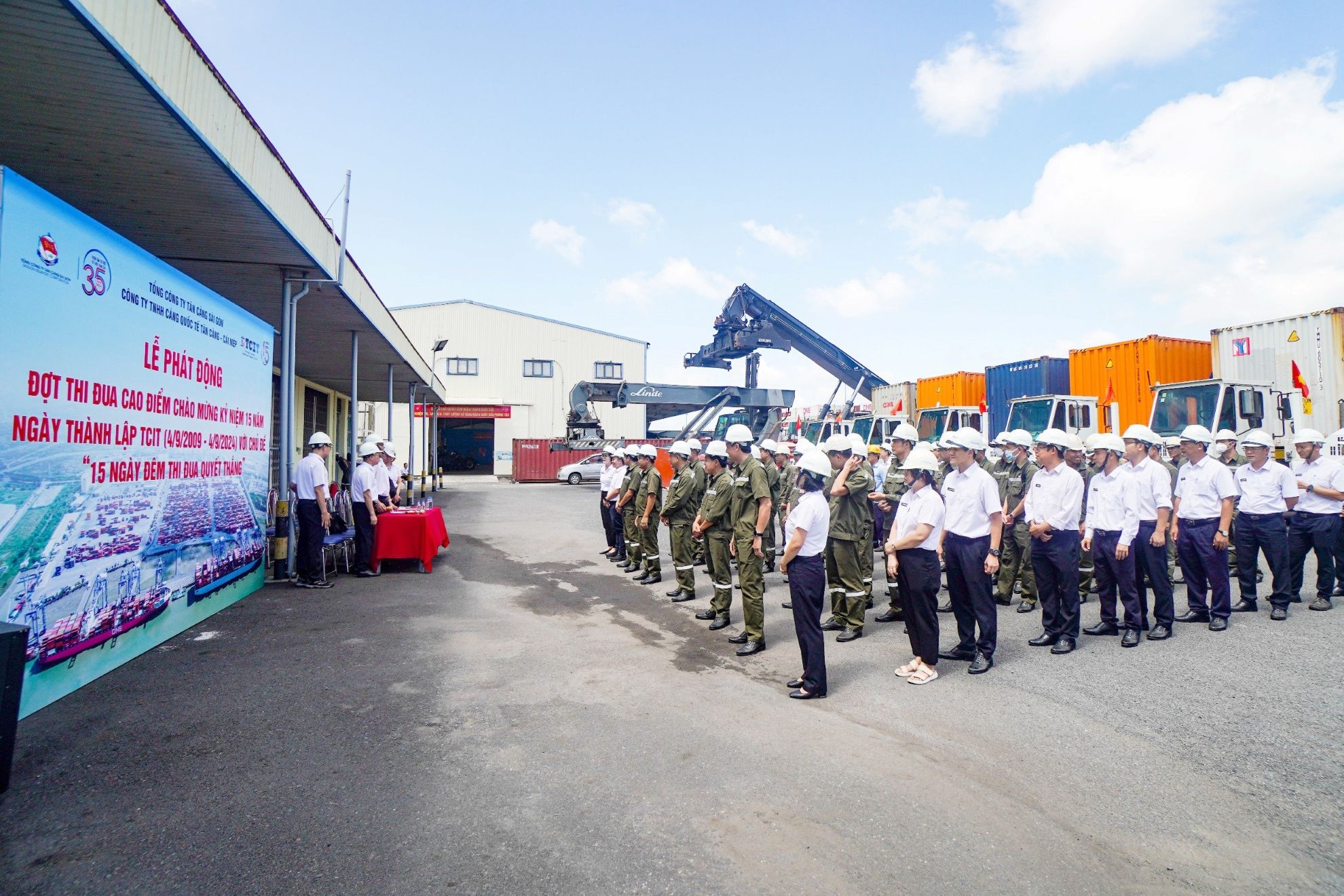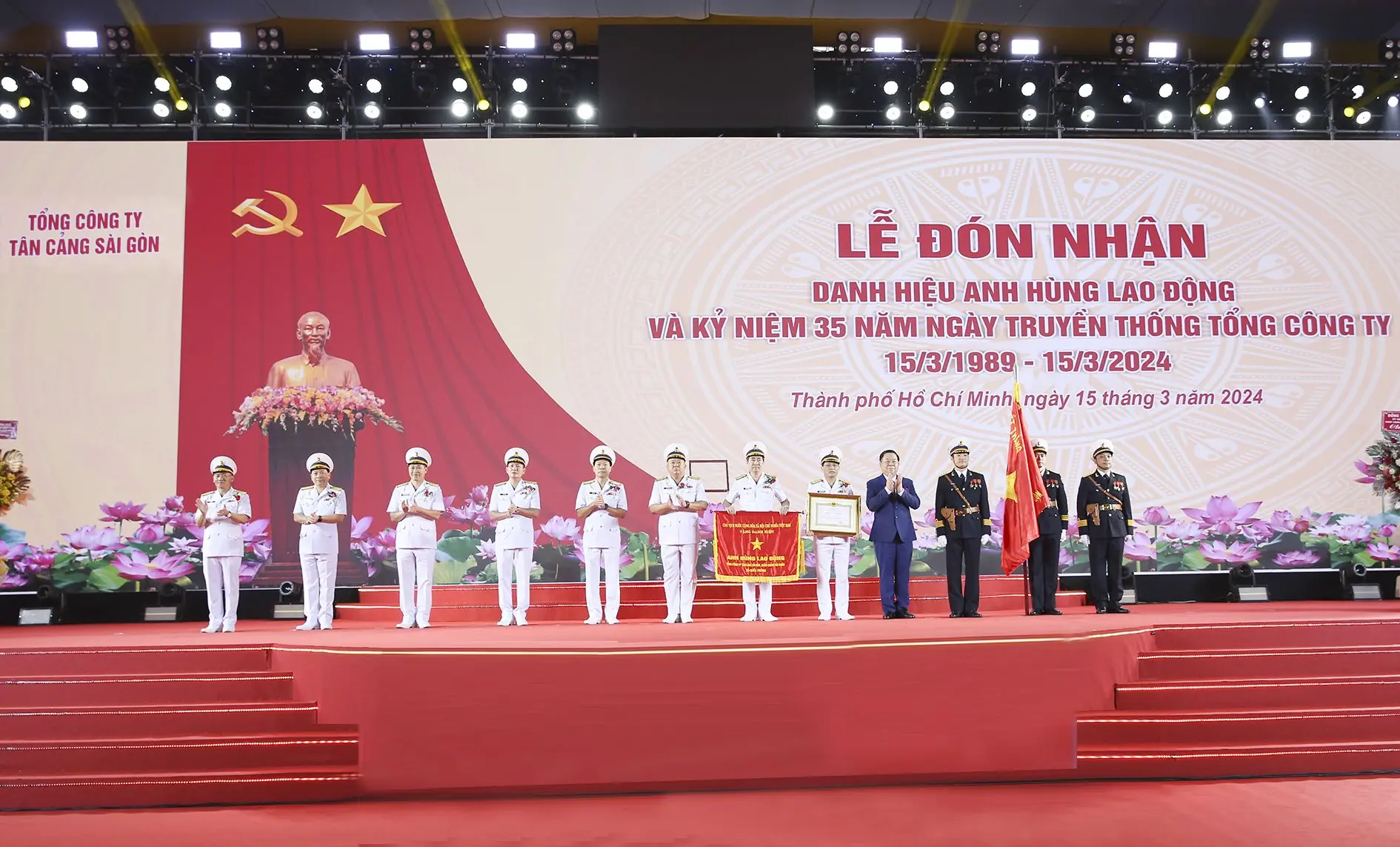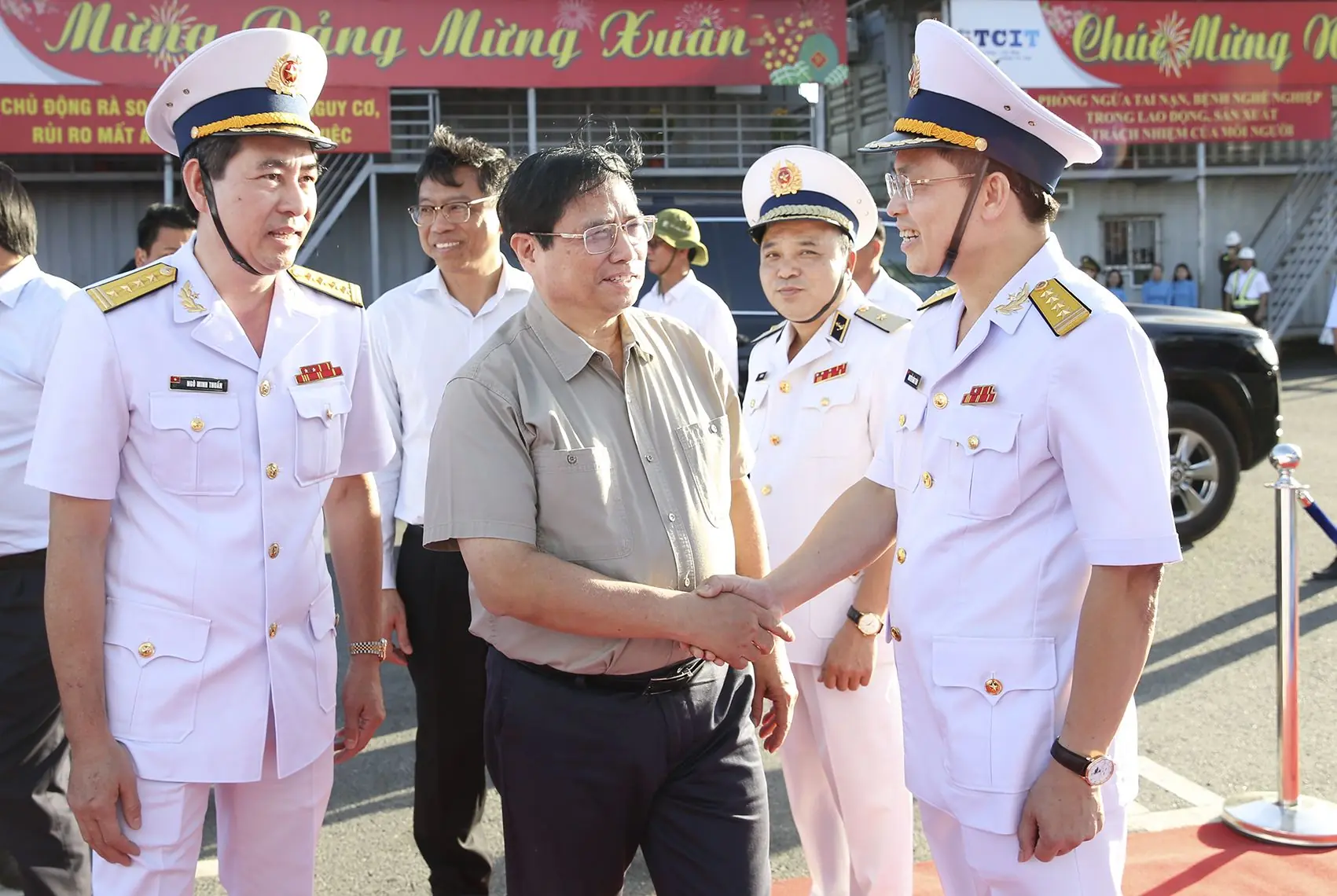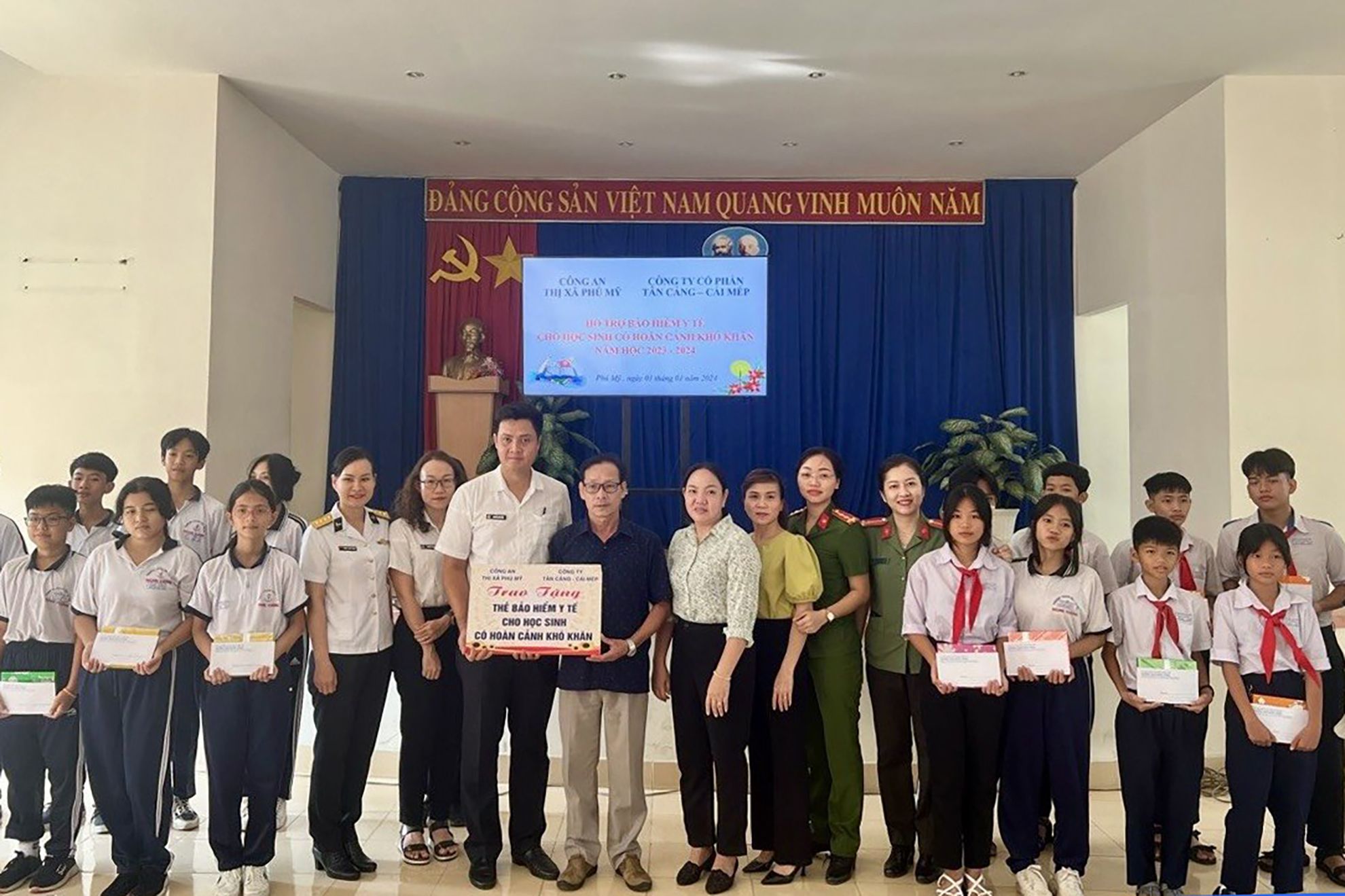Northern inland waterway transport - A good signal for the Green Transportation
06/01/2022
This year 2021 is over, the Covid-19 pandemic dramatically affected transportation activities, including the maritime industry. However, the total volume of goods through the seaport maintained its upward momentum, becoming a bright spot for the economy. The introduction of Green Transportation Chain is an inevitable trend in the maritime industry a solution to replace working habits, methods, and production models that are no longer suitable for the "new normal" conditions. ICD Tan Cang - Que Vo is an essential link in the green logistics chain in the North.
- THE CURRENT SITUATION OF THE MARITIME INDUSTRY
According to the Vietnam Maritime Administration statistics, in the first 11 months of 2021, the total volume of goods through Vietnam's seaports is estimated at 647 million tons, up 2% over the same period in 2020. In which export goods are estimated at 647 million tons. nearly 168 million tons, up 4%; domestic products reached 278 million tons, up 6%; "Container cargo alone is estimated to reach a throughput of more than 22 million TEUs, up 8% over the same period last year."
In the North, container throughput through Hai Phong ports increased by 14% over the same period; in which throughput through Tan Cang – Hai Phong International Container Terminal (TC-HICT) in the first 10 months of the year reached nearly 570,000 TEUs, up 8% over the same period in 2020. This result is achievable thanks to the officials and employees in the seaport operation industry in their tireless efforts of reconnecting the broken supply chain. The role of Hai Phong deep-water port in the Northern cargo supply chain has been confirmed accordingly. There is an urgent need to diversify inland transport in the context that road transport is overloaded, especially when the factories’ production activities stabilize again in 2022.
In the North, container throughput through Hai Phong ports increased by 14% over the same period; in which throughput through Tan Cang – Hai Phong International Container Terminal (TC-HICT) in the first 10 months of the year reached nearly 570,000 TEUs, up 8% over the same period in 2020. This result is achievable thanks to the officials and employees in the seaport operation industry in their tireless efforts of reconnecting the broken supply chain. The role of Hai Phong deep-water port in the Northern cargo supply chain has been confirmed accordingly. There is an urgent need to diversify inland transport in the context that road transport is overloaded, especially when the factories’ production activities stabilize again in 2022.
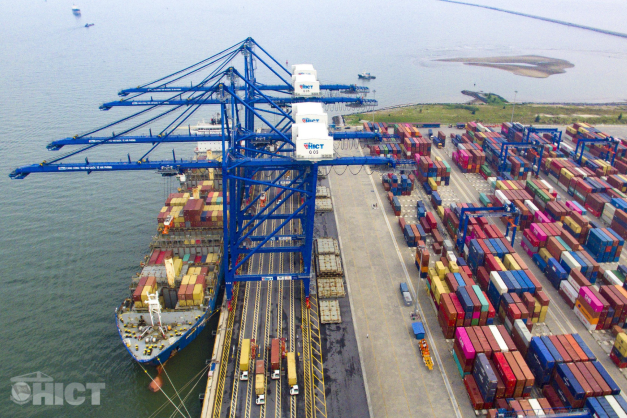
Tan Cang – Hai Phong International Container Terminal (TC-HICT)
Covid-19, with its ability to spread quickly and silently through populations, has caused governments and individuals themselves to avoid social and economic activities, thus severely impacting the global market, service availability, and, more importantly, the sustainability of the transport sector. In Northern Vietnam, businesses are forced to look for alternative transport solutions – inland waterway transport, taking natural advantages from Cam river - Kinh Thay river - Duong river. Currently, Bac Ky Company is operating barges with a capacity of 2,000 DWT (equivalent to 120 TEUs) to Tri Phuong port (Tien Du, Bac Ninh). Tan Cang Waterway Transport Co. - a subsidiary of Saigon Newport Corporation - is operating type 1 barges of 1,500 DWT (equivalent to 72 TEUs) to ICD Tan Cang - Que Vo (Que Vo, Bac Ninh) and Dabaco Tan Chi port (Tien Du, Bac Ninh). According to the actual survey results of Tan Cang - Que Vo ICD (a subsidiary of Saigon Newport Corporation), the barging from ICD Tan Cang - Que Vo (ICD TCQV) to terminals in Hai Phong can be operated up to 3,000 DWT, equivalent to a capacity of 160 TEU all year round, regardless of seasonal hydrological conditions.
In terms of the environment, the benefits of barges are expressed through the amount of fuel consumed per ton of transported cargo (with 1 liter of fuel to carry the same ton of freight, the barge can travel 85 km in when the tractor can only travel a distance of approximately 10 km). On the other hand, barge transportation is often far away from densely populated areas, which helps reduce noise and environmental pollution problems, and is in line with the urbanization planning of the provinces and cities.
- PROMOTING THE CAPACITY AND ADVANTAGES OF THE LEADING PORT OPERATOR IN VIETNAM
Taking advantage of the national geographic and regional infrastructure while anticipating the trend of green logistics solutions, from the end of the year In 2018, Saigon Newport Corporation (SNP), together with local businesses, invested in Tan Cang - Que Vo ICD in Que Vo district, Bac Ninh. This project started with an initial scale of nearly 10 hectares of container yards and 05 berths that can handle barges up to 3,000 DWT (equivalent to 160 TEU); designed throughput capacity is approx. 700,000 TEUs/year.
On August 19, 2021, the Ministry of Transport announced Tan Cang - Que Vo Dry port. Right after that, on September 28, the Ministry of Finance confirmed the set-up of the customs clearance site on this location. ICD Tan Cang - Que Vo is a dry port equipped with a modern and synchronous system of equipment and technology for management and operation and a customs clearance place for import and export goods with complete functions. ICD Tan Cang - Que Vo promises to be a convenient gathering point for containers (both cargo and empty), a customs clearance point for import and export goods for businesses in the provinces and cities in the region, especially in Bac Ninh, Bac Giang, Thai Nguyen, that share the same customs department.
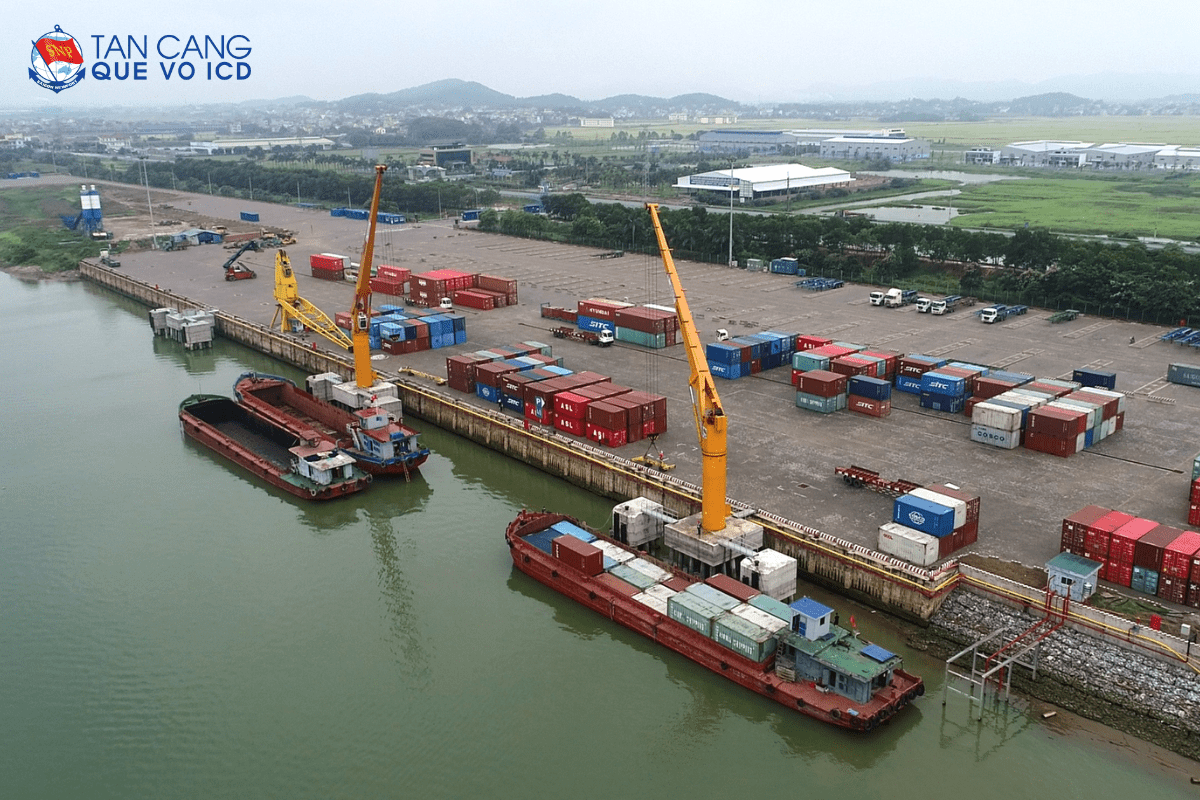
The Ministry of Finance confirmed Tan Cang – Que Vo Dry Port is the customs clearance site on September 28th, 2021
During a visit and working session at ICD Tan Cang - Que Vo on January 5, 2021, Deputy Minister of Transport Nguyen Xuan Sang praised and highly appreciated the strategic vision of the SNP's leader in the development of ICDs in the northern region, as well as efforts to build a "green transport chain" between ICD TC-QV and Tan Cang Waterway Transport Co. He considered this a "forefront breakthrough" for the development orientation of the Northern waterway transport mode. He suggested that SNP continue to promote waterway transport while taking advantage of the river network and sharing road transportation pressure.

Deputy Minister of Transport Nguyen Xuan Sang visited Tan Cang – Que Vo Dry Port on January 05, 2022
- BRING VALUE TO CUSTOMERS AND ENSURE SUSTAINABLE DEVELOPMENT
Tan Cang - Que Vo dry port and other river ports such as Tri Phuong and Dabaco will be associated with transporting containers by barges on the inland waterways of Cam river - Kinh Thay - Duong river. The advantage of convenient transportation connections both by waterway and by road will provide businesses in the region with stable, sustainable, environmentally friendly, and social logistics solutions. In addition, the use of barge services and customs clearance, freight forwarding at river ports near the factory will help businesses be more proactive in production plans, shorten delivery time and minimize the risk of goods. In particular, with large transport capacity and reasonable preferential policies, barge transportation will give customers a perfect choice to gradually reduce logistics costs, etc.
Green growth is an essential content of sustainable development and is a development process with a close, reasonable and harmonious combination between socio-economic development and environmental protection. Developing inland waterway transport is also contributing to promoting the development of the waterway transport industry in particular and developing the green economy, in general, to contribute to the development of the national economy.
-------
*Source: Tu Phuong – Tuan Hoang
*Source: Tu Phuong – Tuan Hoang








